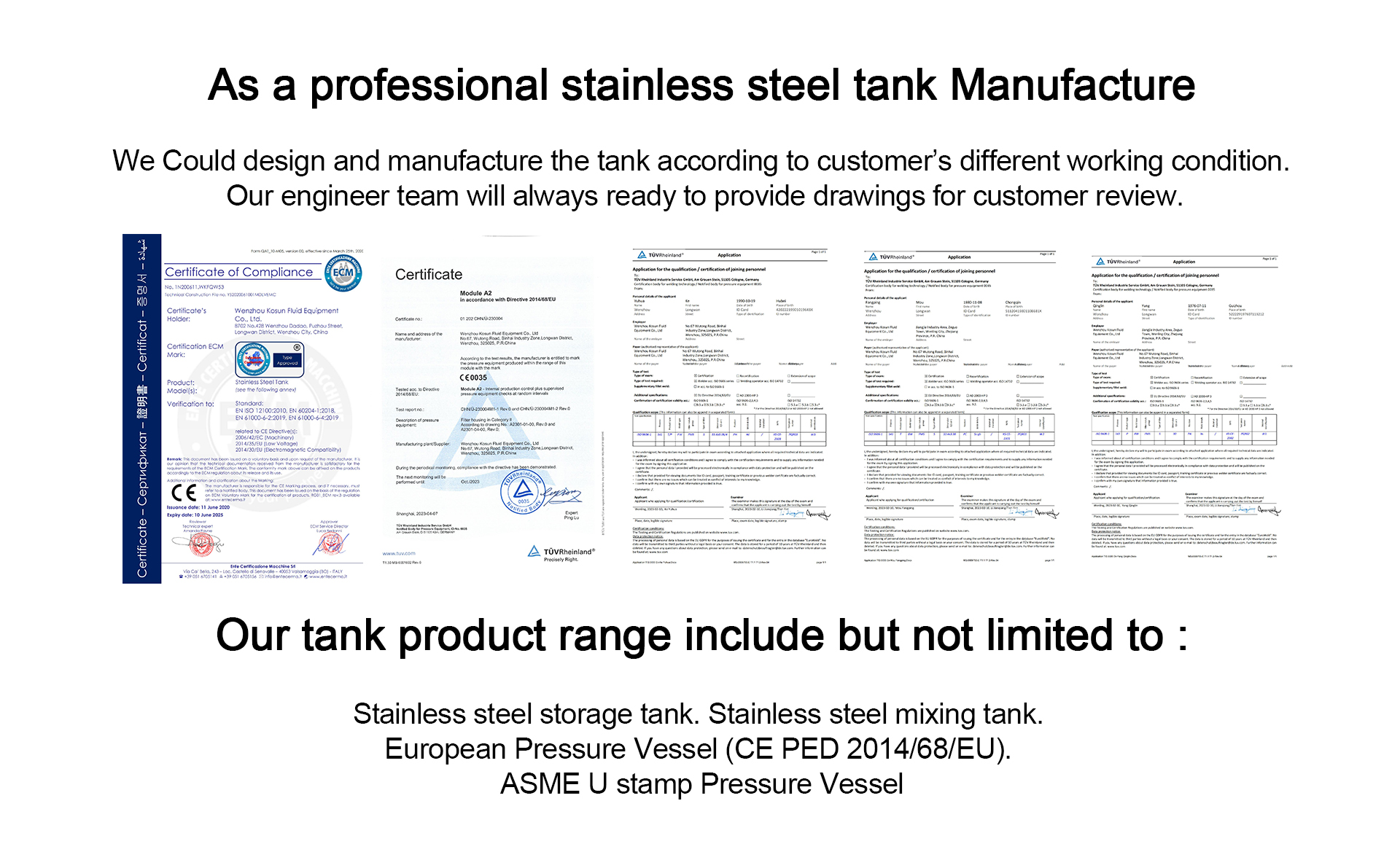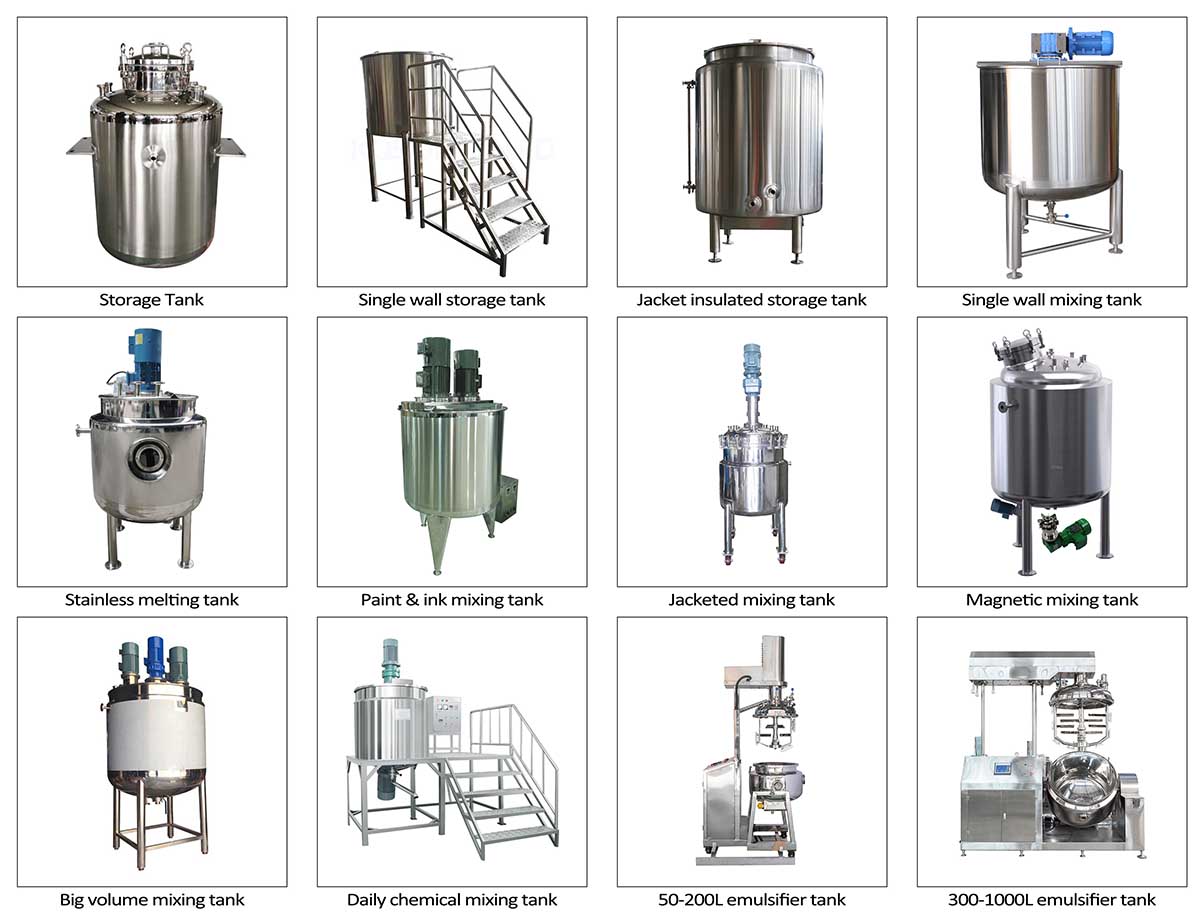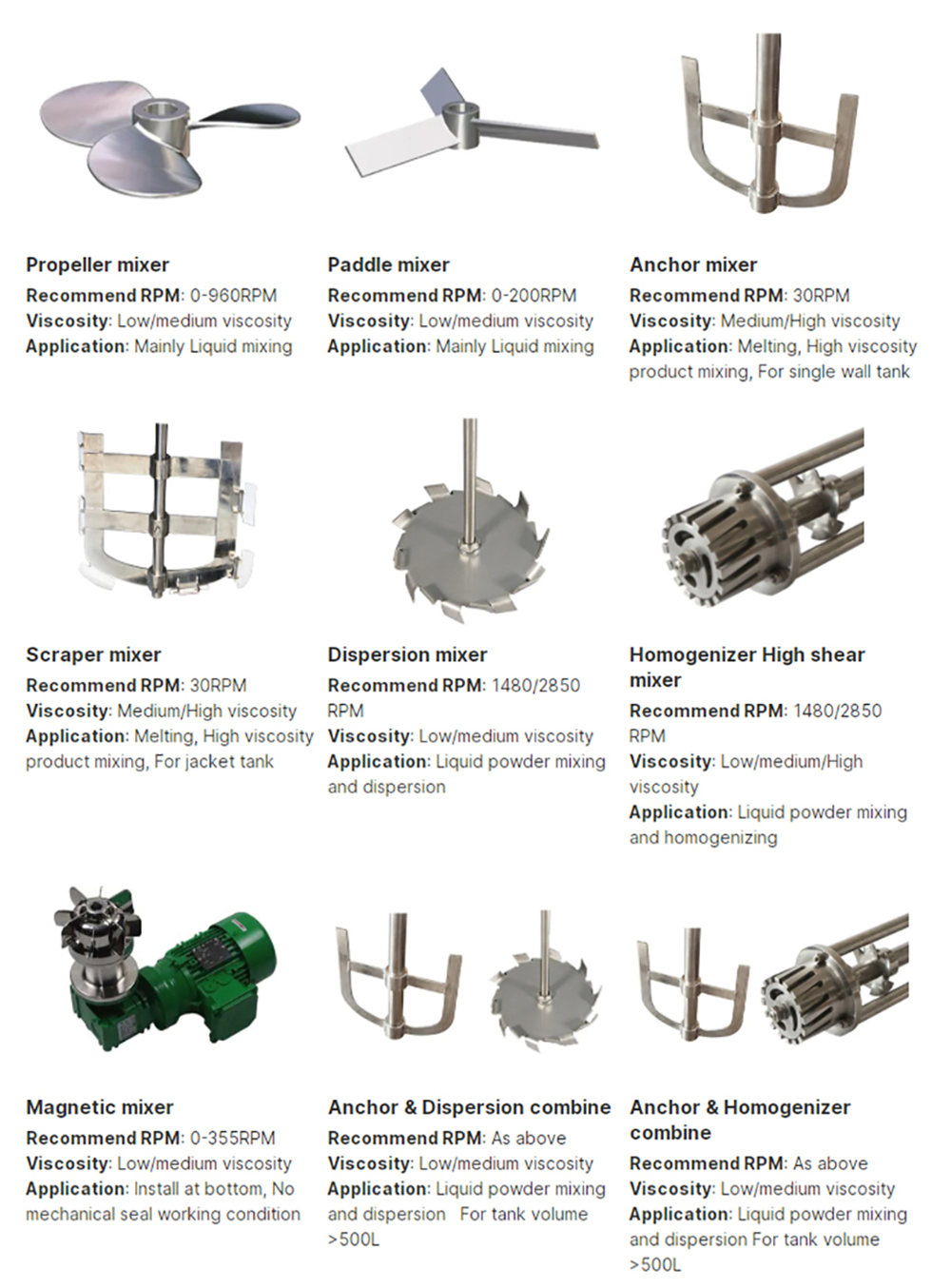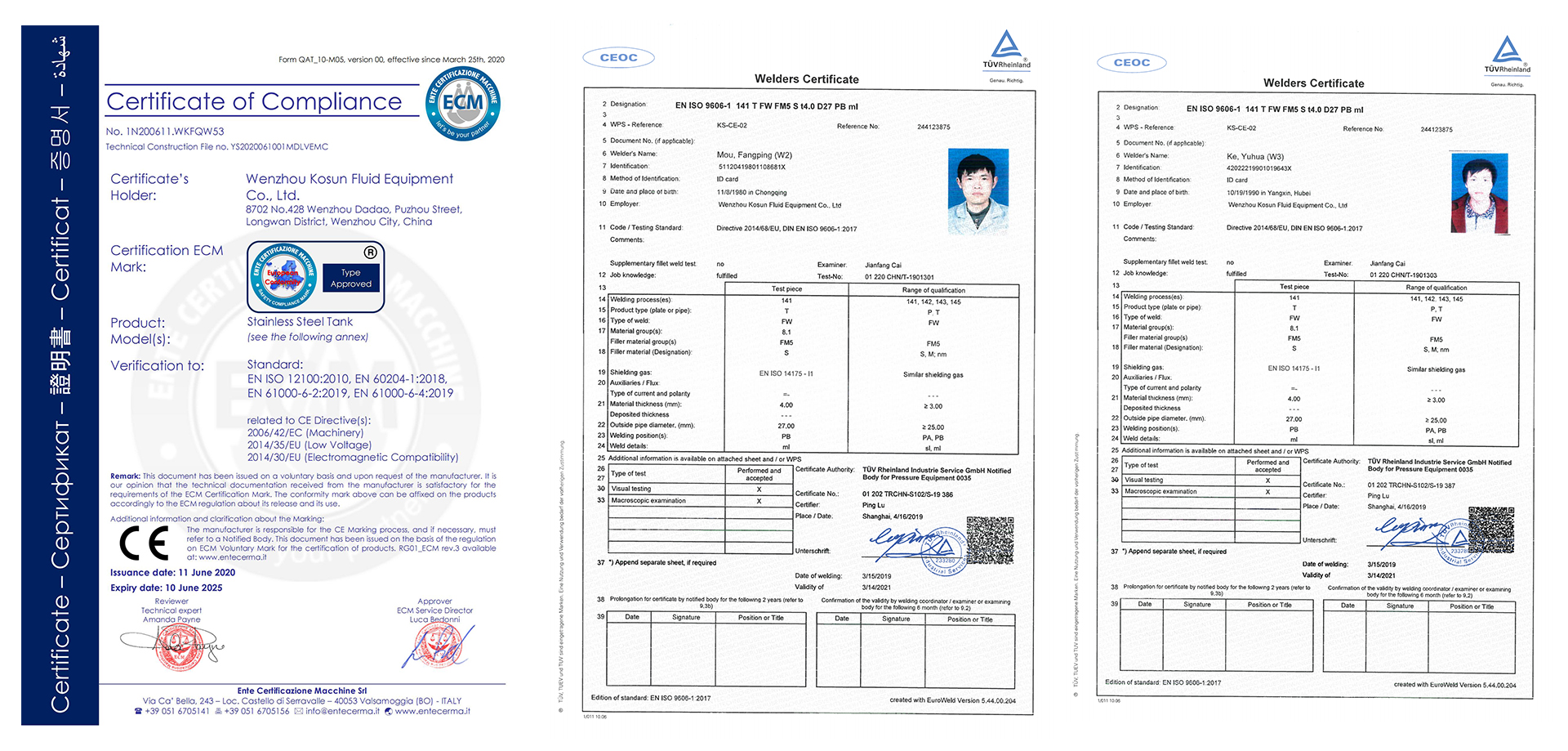3D printing cement mixer tank
3D printing has revolutionized the manufacturing industry in many ways. From small and intricate parts to large and complex structures, the technology has made it possible to design, create, and produce a wide range of objects with precision and efficiency. One such application of 3D printing that is gaining popularity is the creation of cement mixer tanks.
Traditionally, cement mixer tanks were manufactured using molds. However, this process is time-consuming, labor-intensive, and expensive. With 3D printing, the production process becomes much simpler and quicker. The parts can be designed in a computer-aided design (CAD) software and printed using a 3D printer. This means that the parts can be produced on-demand, reducing the need for inventory and storage costs.
There are several advantages to 3D printing cement mixer tanks. Firstly, it allows for greater design flexibility. Designers can create complex shapes and structures with intricate details that would be difficult to achieve using traditional manufacturing methods. This means that the tanks can be customized to suit specific requirements and needs.
Secondly, 3D printing offers greater cost-effectiveness. The technology allows for the production of parts and structures in a shorter amount of time, which translates into cost savings for manufacturers. Additionally, the cost of materials used in 3D printing is generally lower than those used in traditional manufacturing methods.
Another advantage of 3D printing cement mixer tanks is sustainability. The technology produces less waste compared to traditional manufacturing methods since it only uses the exact amount of material required for the part. This reduces the amount of waste produced and helps to minimize the environmental impact of the manufacturing process.
Finally, 3D printing also offers improved quality control. Since the parts are produced digitally, the designs can be fine-tuned and tested before production, ensuring that the final product meets the required specifications and quality standards.
In conclusion, 3D printing cement mixer tanks is a promising development that offers several advantages over traditional manufacturing methods. The technology provides greater design flexibility, cost-effectiveness, sustainability, and improved quality control. As the technology continues to advance, we can expect to see more innovative applications of 3D printing in various sectors of the economy.














